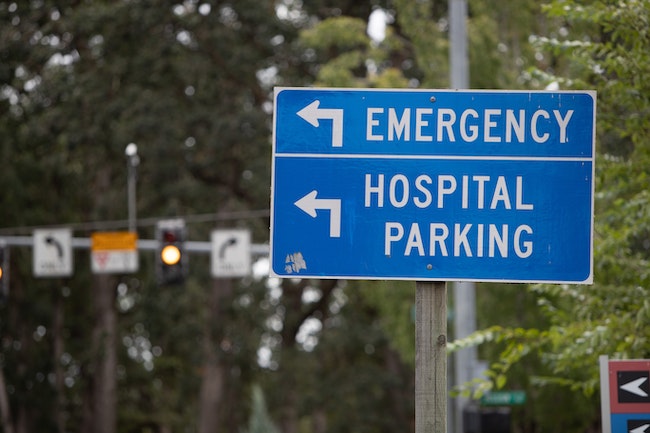
(Amanda Loman/Salem Reporter)
About 4 million people in Oregon are covered by health insurance, marking an increase of nearly 60,000 people in two years.
That’s according to the state Department of Consumer and Business Services, which regulates the insurance industry. It said the percentage of Oregonians with health insurance increased from 94% in 2019 to 95.4% last year.
The increase was mainly due to more people getting Medicaid coverage from the federal government. Nearly 30% of those surveyed last year reported being on the Oregon Health Plan, Oregon’s Medicaid system, compared with one in four Oregonians in 2019. The Oregon Health Plan is administered by the Oregon Health Authority.
“The number of people entering Medicaid per month who have never been on Medicaid before has stayed stable before and during the pandemic at about 9,000 people per month,” the Department of Consumer and Business Services said in a news release.
The biggest increase in coverage was among Black Oregonians, the agency said, with its insured rate increasing from nearly 92% to 95%. There were fewer gains among Hispanics and among Alaska Native and American Native populations while coverage among Native Hawaiians and Pacific Islanders fell, the insurance agency said.
Medicaid coverage also increased in rural regions of the state, from 93.8% to 94.6%, and in frontier areas from 91% to 92.3%. In some rural and frontier counties, such as Jefferson, Josephine, Malheur and Klamath counties, two in five residents are on Medicaid.
People who earn up to 138% of the federal poverty level, about $17,000 a year in Oregon for an individual, qualify for free Medicaid coverage. It includes health and dental care, mental health treatment, prescriptions and vision and hearing coverage. Currently, about 1.3 million Oregonians are on Medicaid.
“We know that keeping people enrolled in health insurance – whether it is a public program or their job-based coverage – is key to lowering our rate of uninsurance so people can access critical health care services,” said Jeremy Vandehey, director of health policy and analytics at the Oregon Health Authority. “Specifically, this two-year period shows that people cycling on and off insurance means they eventually lose coverage. Therefore, it’s deeply important to break those cycles and keep people continuously enrolled.”
The end of the enhanced Medicaid coverage is expected to come this year, putting more people back on the open market to find coverage. The state is preparing for a transition which will include pointing people to the health insurance marketplace. About 147,000 individuals signed up for coverage on the marketplace this year.
“For those who are no longer eligible for OHP, we will be working to make sure they access a marketplace plan or connect to other programs,” Vandehey said. “This handoff is critical, as the data show, because we cannot lose people as they exit Medicaid. If we do, much of this hard-won coverage gain will be lost.”
-Lynne Terry, Oregon Capital Chronicle









